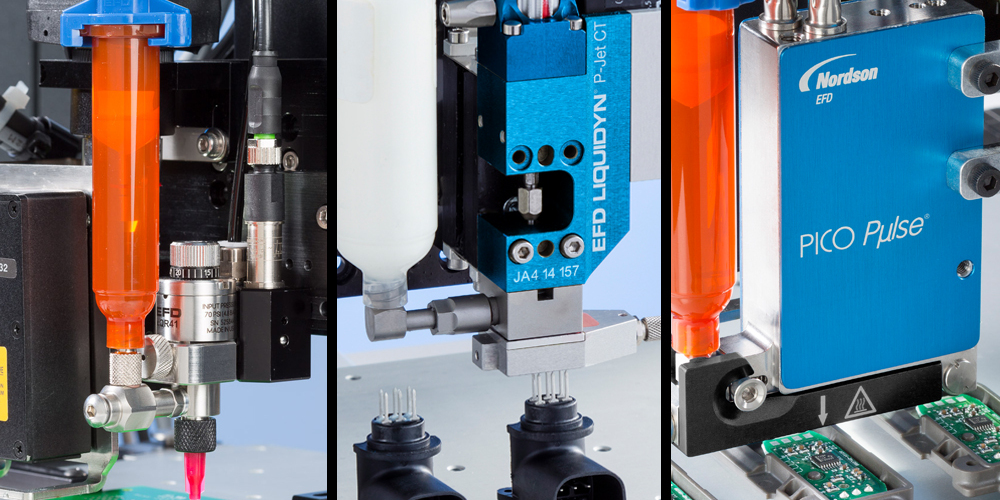Introduction to the structure of semiconductor dispensing machine
Release time:2024-07-02Publisher:Jeenoce
The continuous upgrading of semiconductor products has also raised the performance requirements for dispensing equipment. The performance of dispensing equipment mainly depends on the design and control of the dispensing valve body, which is the core component of dispensing. The semiconductor dispensing machine is different from traditional pneumatic dispensing. The pump power is driven by a high-precision stepper motor and is not affected by changes in air pressure and glue viscosity. It integrates automatic control and dispensing control technology. Today, let's take a look at its structure together.

1. Overall design
The entire system adopts a unit combination structure, which means the mechanical structure is composed of unit modules. The feeding unit, dispensing unit, and discharging unit are all universal structures, which is conducive to ensuring interchangeability. At the same time, in order to meet the requirements of versatility for multiple varieties, the system design technology adopts a combination of the main body and the exchange part. The main body is a universal component designed for all products in the current market. The exchange part is designed for a certain product, and this technology can solve the goal of rapid variety replacement.
2. Unit design
The semiconductor dispensing machine is mainly driven by a motor to move the piston rod back and forth, achieving the functions of suction and dispensing under the conversion of the valve core. The dispensing amount is controlled by a stepper motor. The layout of each component design is reasonable, ensuring that all component design structures are assembled, disassembled quickly, and cleaned.
3. Automatic exhaust design
The dispensing machine is equipped with an exhaust bubble block to exhaust the air inside the valve chamber. After the dispensing valve is installed with the dispensing head, an appropriate amount of glue liquid is added from the needle, and the valve core is reversed to a dispensing state, that is, the inner chamber of the glue cylinder is connected to the valve chamber, and the pressure inside the needle cylinder is 0. The glue inside the 04Mpa syringe begins to flow into the valve chamber under air pressure and fills the valve chamber before continuing to flow upwards until it flows out through the small hole on the exhaust bubble block and into the liquid cup of the exhaust bubble block. This process is completed when there are no bubbles in the glue flowing out of the exhaust hole. All of the above processes are automatically completed by clicking the exhaust button on the control system.
In addition, there is the electrical control system, which is divided into three main parts: the lower computer logic control system, the upper computer interpersonal interface system, and the upper computer visual inspection system. Semiconductor dispensing machines reduce the impact of external environment on product quality, reduce labor intensity, and improve production efficiency. The dispensing machine has a compact structure, complete functions, and stable performance, which significantly improves dispensing accuracy and efficiency compared to traditional pneumatic dispensing machines.

